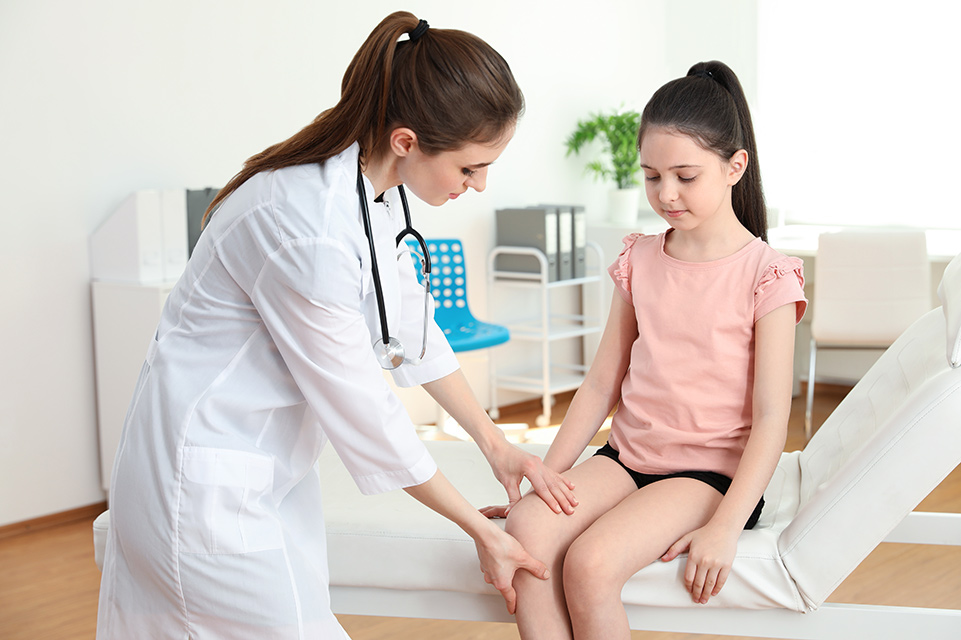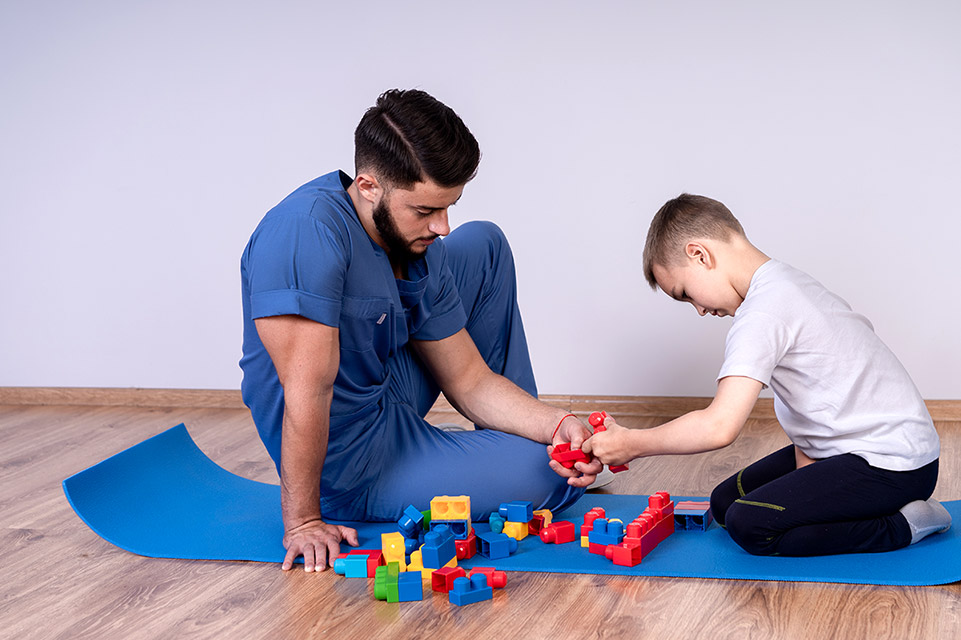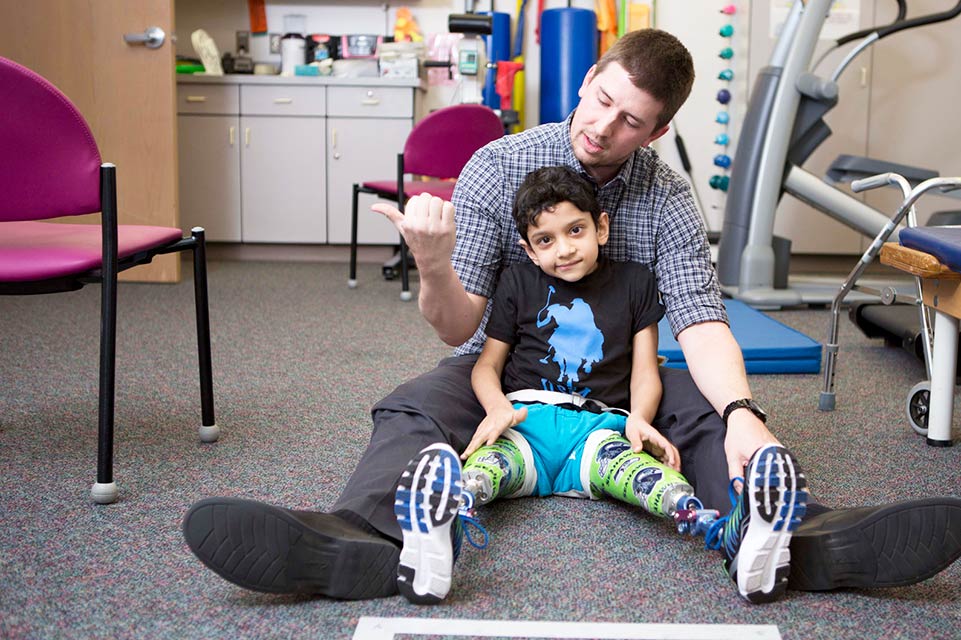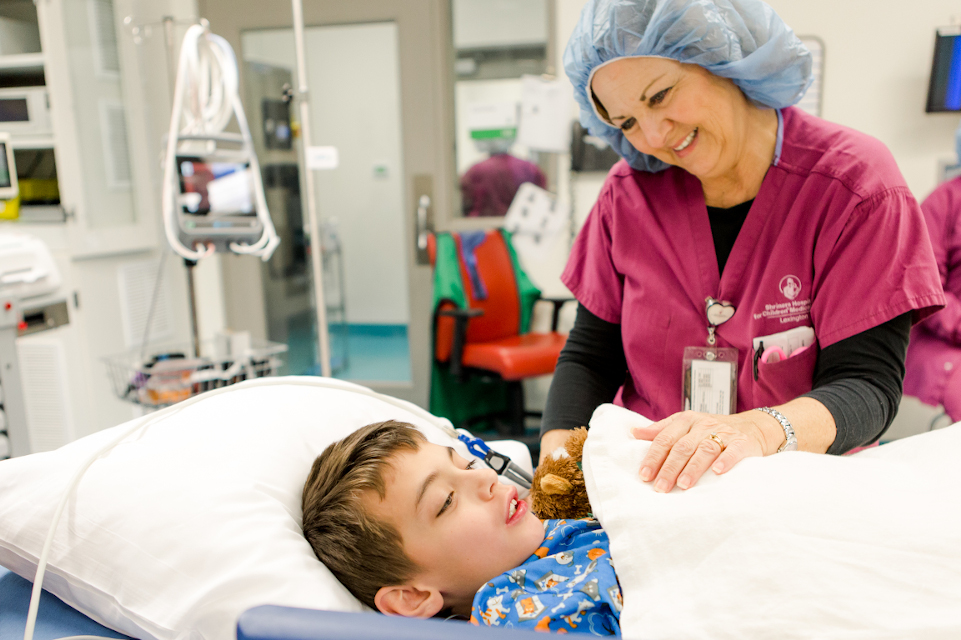Growth Plate Injuries
Growth plate injuries affect the developing tissue that defines the length and shape of bones in adolescents. Shriners Children’s has the specialized expertise you can count on to know what steps are essential to your child’s recovery.
Fractures are common in children. Whether your child is an active athlete or simply an adventurous toddler, chances are they have taken a tumble in their lifetime. The trusted professionals at Shriners Children’s know the importance of a quick diagnosis, and want to ensure a growth plate injury does not interfere with the healthy, natural development of your child’s bones.
With the right treatment, a majority of growth plate injuries completely heal without any long-term effects. If left untreated, these injuries can lead to permanent bone problems that stunt growth; this reinforces why the early diagnosis of growth plate injuries is crucial to the recovery process. Using a collaborative team approach, Shriners Children’s is here to help customize a care plan for your child that will lead to their highest level of independence and activity.
The growth plates are the weakest part of a child's growing skeleton. Fractures vary from mild to more serious cases, and most commonly occur during sports or playground accidents. According to the American Academy of Orthopaedic Surgeons, approximately 15–30% of all childhood fractures are growth plate fractures. They are usually diagnosed by physical examination and an X-ray. Depending on the significance of the fracture, plans for your child’s treatment at Shriners Children’s can range from casting to splinting to surgery.
Specific treatments and services may vary by location. Please contact a specific location for more information.
Common Growth Plate Injuries
Until your child reaches skeletal maturity, the risk of growth plate injuries will remain. Only once a child stops growing, will those growth plates close and be replaced by solid bone.
Growth plate fractures most often occur in these bones:
- Thighbone (femur)
- Lower bones of the leg (tibia and fibula)
- Outer bone of the forearm (radius), at the wrist
- Ankle, foot or hip bone
- Long bones of the fingers (phalanges)
The doctors and nurses always been so compassionate, great at communicating and accommodating with each and every visit. For that, Shriners Children's will always be near and dear to my heart.
Innovative Treatments
View All Related Treatments
Occupational Therapy

Physical Therapy

Prosthetics and Orthotics

Reconstructive Surgery


